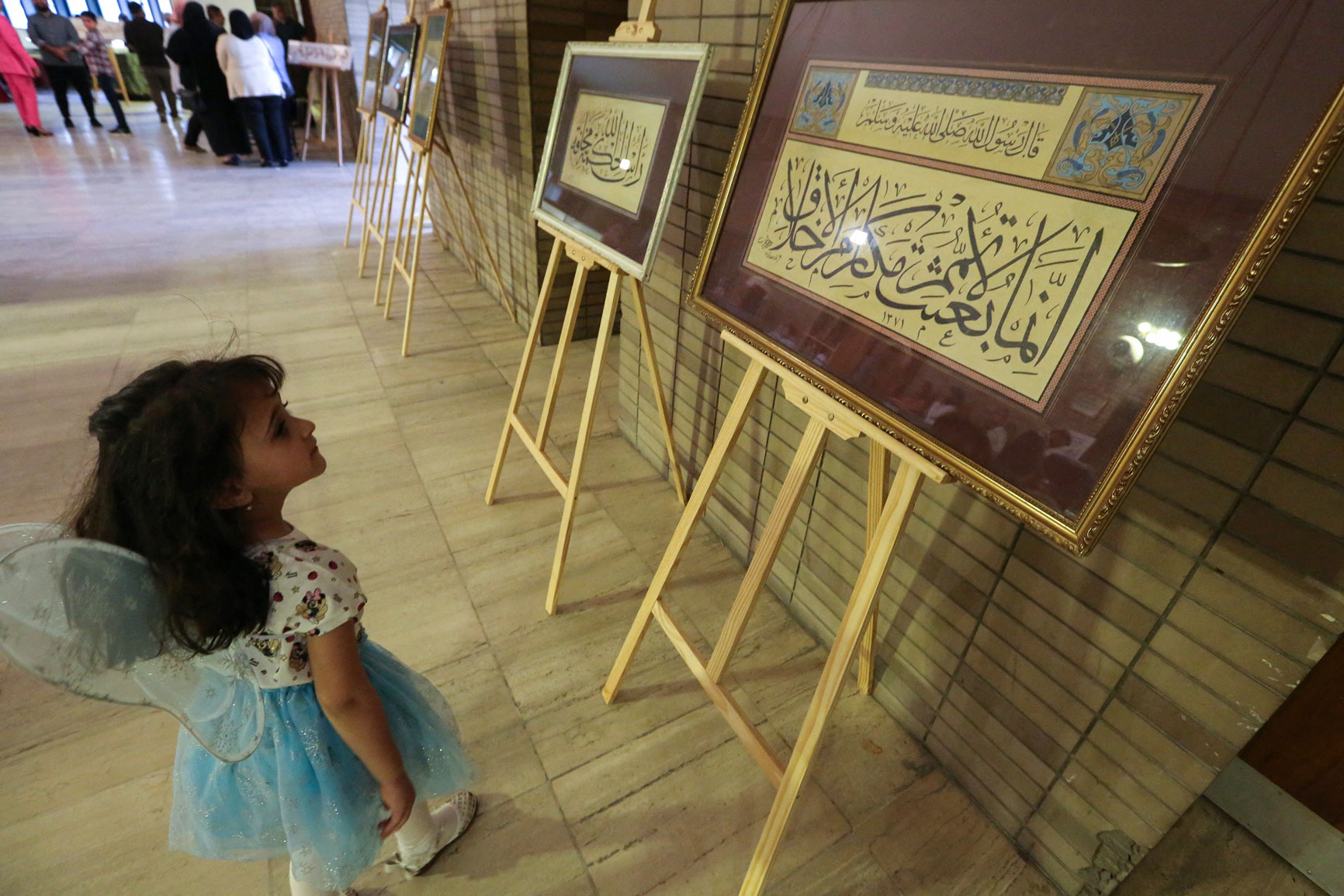Ahmed El Shamsy is an associate professor of Islamic thought at the University of Chicago. As part of a new series from New Lines exploring big ideas from history, El Shamsy joins culture editor Lydia Wilson to talk about how the Middle East changed in the age of printing.
Prior to the 19th century, the Islamic world was a manuscript culture, he explains. The written tradition of Islam was dispersed across a vast geographic area, within handwritten texts. These could be produced quickly by an army of scribes, written on paper that was cheap and plentiful — there was no immediate advantage in this world for printing. But this was all to change.
The 19th century saw increasing European involvement in the Middle East in many ways, one of which was intellectual curiosity. Western fascination with the so-called Orient was at its peak, creating an enormous market for historic manuscripts. In what El Shamsy calls a “European book drain,” hundreds of thousands of these manuscripts flowed out of the Middle East and into European libraries. The region, El Shamsy says, was “deprived of our earliest works.” Printing, until then not widely adopted in the Arab world, allowed some of those lost works to be recovered.
Until this point, many of the texts of the Ottoman Empire were not in Arabic: The language of the state was Ottoman Turkish, and many literary works were written in Persian. But with the rise of various nationalisms across the Arab world came a new demand for written texts in the Arabic language, and a new role for the — older — technology of print.
What the adoption of the printing press in 19th-century Egypt enabled was a revival and reinterpretation of the thousand-year canon bound in those manuscripts. A new, state-funded education system created an increasingly literate society and a mass market for printed texts. Works that had fallen into obscurity, even before the European book drain, could be rediscovered and returned to the mainstream. It was a time of greater public appreciation for the intellectual achievements of the past — El Shamsy compares the period to the European Renaissance. Across the Arab world, in cities like Cairo, Beirut and Damascus, the Nahda, the Arab “Awakening,” was transforming intellectual life and laying the foundations for the new Middle East.
Produced by Joshua Martin


